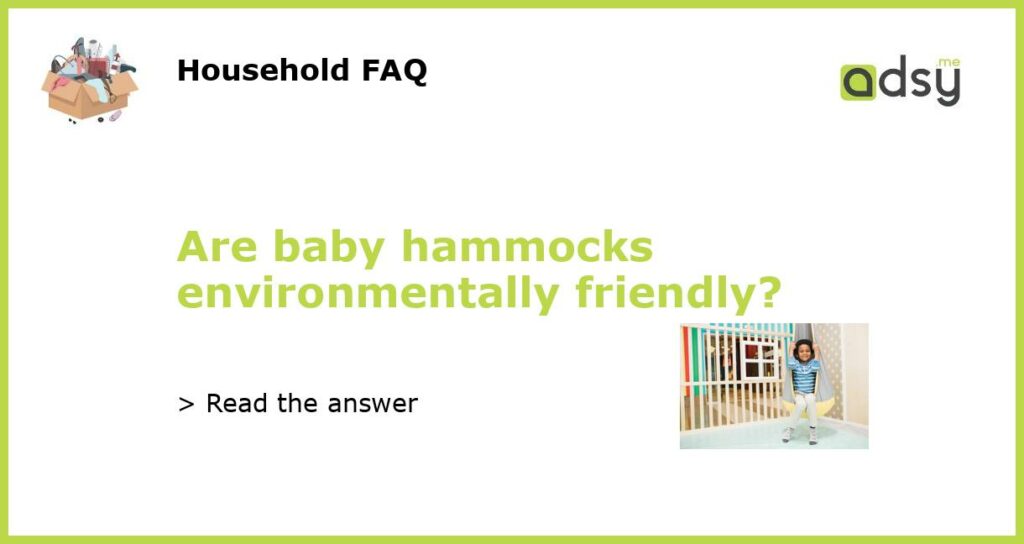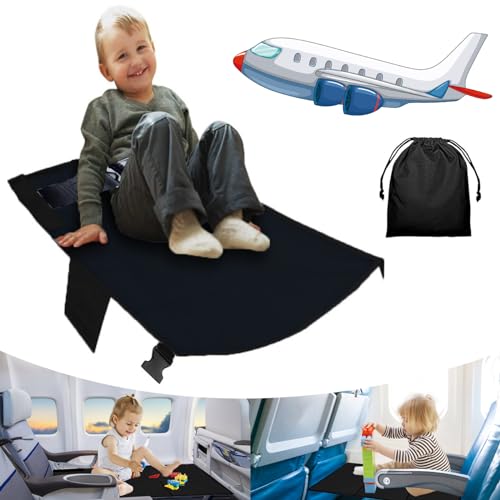What are Baby Hammocks?
A baby hammock is a suspended fabric bed that swings back and forth to soothe babies to sleep. These hammocks are a new trend in baby bedding and are being marketed as an environmentally friendly, natural alternative to traditional cribs.
Environmental Benefits of Baby Hammocks
The manufacturers of baby hammocks claim that these beds are eco-friendly because they are made of natural materials like organic cotton, wool, and wood, and do not contain synthetic materials like foam, PVC or polyester. Additionally, baby hammocks are said to have a much lower carbon footprint than traditional cribs because they are smaller in size, use less material to construct and produce less waste.
Concerns about Baby Hammocks
While baby hammocks may have eco-friendly credentials, there are concerns about their safety and suitability for newborns. These include the risk of suffocation, positional asphyxia, and spinal cord injuries. Additionally, some experts suggest that baby hammocks may not be as safe as traditional cribs because they do not have a hard and flat surface, which can lead to an increased risk of falls or rollovers.
What Experts Say
The American Academy of Pediatrics (AAP) does not recommend the use of baby hammocks, stating that there is not enough evidence to support their safety or efficacy in preventing Sudden Infant Death Syndrome (SIDS). Additionally, the AAP advises against placing babies to sleep on soft surfaces or in a position other than on their back, which is difficult to maintain in a baby hammock.
While baby hammocks may seem like an eco-friendly and natural option for baby bedding, they come with potential risks that parents should be aware of. Ultimately, the decision to use a baby hammock or not is up to individual parents, but it is important to be informed and seek advice from medical experts before making a decision. If you are concerned about the environmental impact of traditional cribs, consider looking for second-hand options or sustainable crib alternatives made of natural materials.






